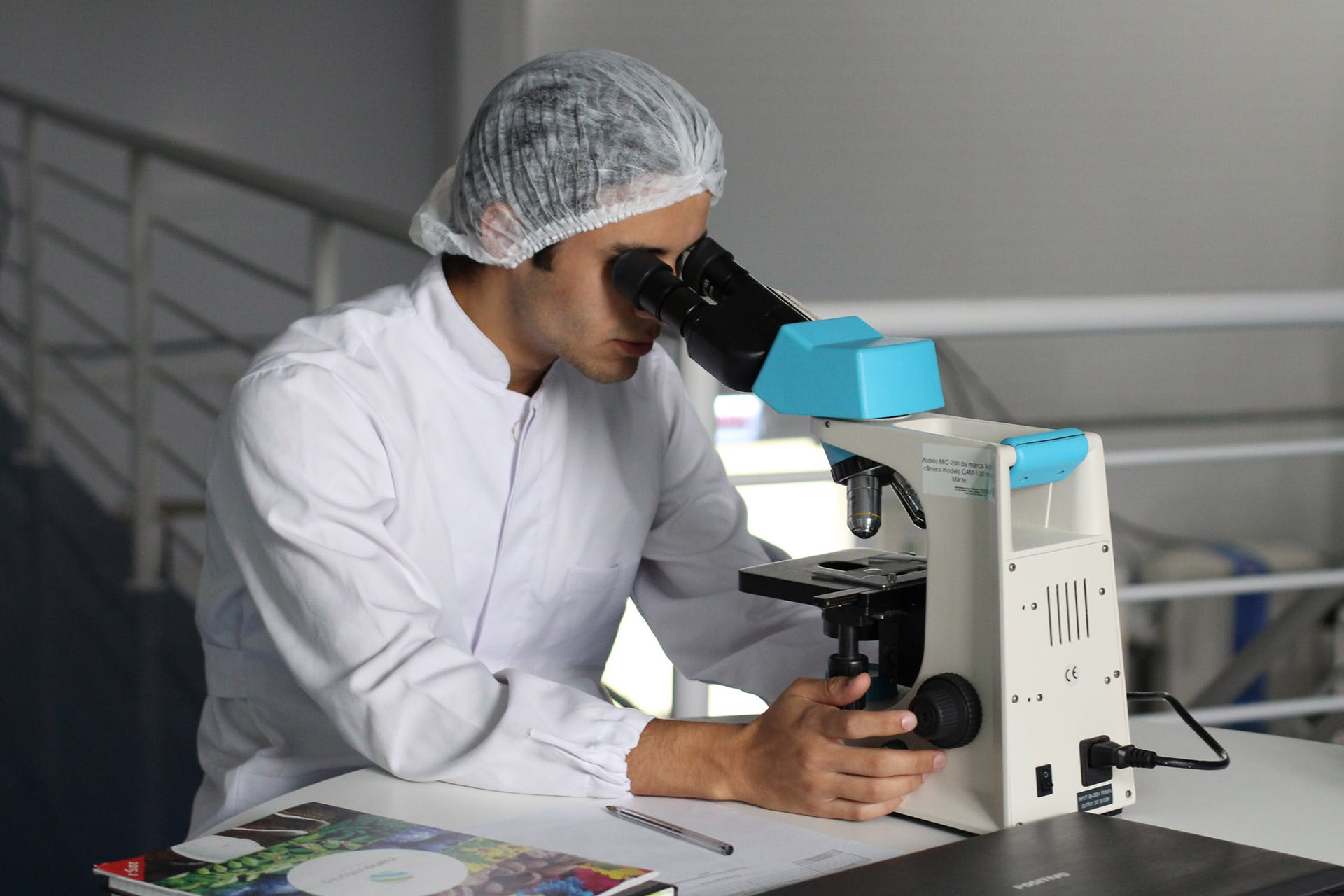When you are working in an environment where cleanliness and hygiene are paramount, a number of factors come into play. Previously, we have talked about the importance of having your lab coats completely sterile and cleaned to a high standard such as that provided by Alsco’s managed garment service, and suggesting solutions such as hygienically clean uniforms and redesigning said uniforms with short sleeve to reduce the risk of spreading bacteria on the garments.
However, if you are in the medical profession, you need to go beyond traditional garment management – you need to go above and beyond just adjusting the garments themselves to protect your patients.
Unfortunately, despite advancements in Western medicine, we have not been able to stop certain kinds of bacteria and viruses we now know as “superbugs.” These bugs develop resistance to antibiotics, making them dangerous even to healthy people, and have been known to spread in hospitals.
In this post, we won’t discuss the superbugs themselves – however, if you would like to learn more, plenty of information can be found online. If you do the research, you will find stories of patients contracting superbugs during routine hospital stays, after surgeries, or while on vacation in a foreign environment. Most of the victims survive, but many do not. In this post, we’ll talk about some ways that this can be mitigated.
Disinfecting the Hospital
The first thing to do is to identify what we can and cannot control. For instance, we would have little control or chance of preventing infection in the natural world. As such, we need to focus on prevention and fighting these known superbugs within our domain, in hospitals. This focus is reasonable, given that hospitals are the perfect environment for spreading germs – but also the perfect place to start the defence, and the prevention.
In light of that knowledge, hospitals are now starting to realise that they face a big problem. According to Molly Olmstead’s Slate article, “How Do Hospitals Stop the Spread of Drug-Resistant Superbugs Like C. Auris?,” the push is on to sterilise every square inch of the hospital with powerful disinfectants. And where those disinfectants don’t work, bleach almost always does the job.
As a provider of hospital uniforms we at Alsco have to do make sure that the garments we provide in our managed garment service to any medical facility are prepared to the highest specifications, reducing any chance of being contaminated. That responsibility motivated our American parent to get involved in establishing industry standards for hygienically clean linens.
Our hospital uniforms are not just visibly clean; they are certified hygienically clean as well. Our uniforms do not carry germs into the hospital. Our goal is to provide you with the best possible foundation in your uniforms for the battle against infection.
Backing Off on Antibiotics
Hygienically clean linens and disinfected hospitals can help Western medicine make huge inroads in combating superbugs. But these sorts of solutions are only effective externally. What do you do once a patient actually contracts a terrifying superbug? You might find that no known antibiotic can eliminate it.
Unfortunately, antibiotics have long been overprescribed for both humans and cattle. For decades, doctors wrote antibiotic prescriptions to treat viral infections, knowing that the medications would do no good. They also believed that they would do no harm. But now we are discovering that the overuse of antibiotics has done great harm – it has played a major role in the growth of antibiotic resistant strains of infection, the superbugs we are combating now.
Western medicine is finally getting serious about reducing reliance on existing antibiotics, even as new ones are being developed. In the meantime, we have to look at other ways to deal with superbugs.
A fascinating article published by the Daily Beast, Steffanie Strathdee’s “My Husband Became a Poster Child of the Post-Antibiotic Era,” discusses phage therapy, which involves the use of bacteriophages – viruses that attack and destroy bacteria – to combat bacterial illnesses. The therapy is 100 years old and was successfully used to treat a Paris dysentery outbreak in 1919. But this therapy fell into widespread disuse with the introduction of antibiotics. Perhaps it is time to resurrect bacteriophages.
Lab coats and other clinician clothing can certainly spread germs in a hospital setting. But if we genuinely want to protect patients against superbugs, our efforts have to go beyond focusing on the clothing doctors and nurses wear. Contact us at Alsco to learn more about our managed garment services.

